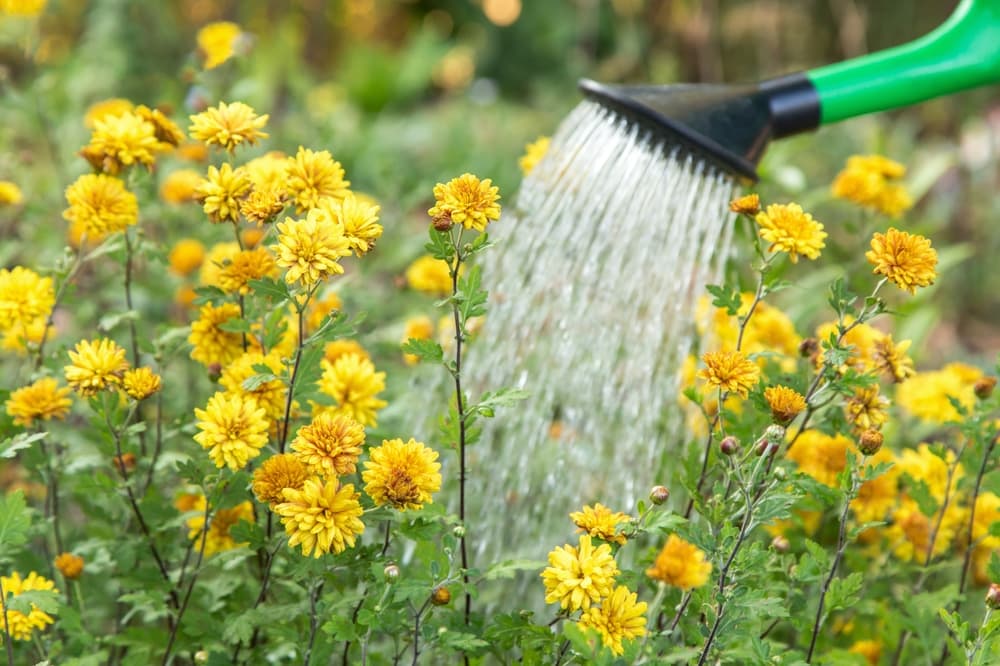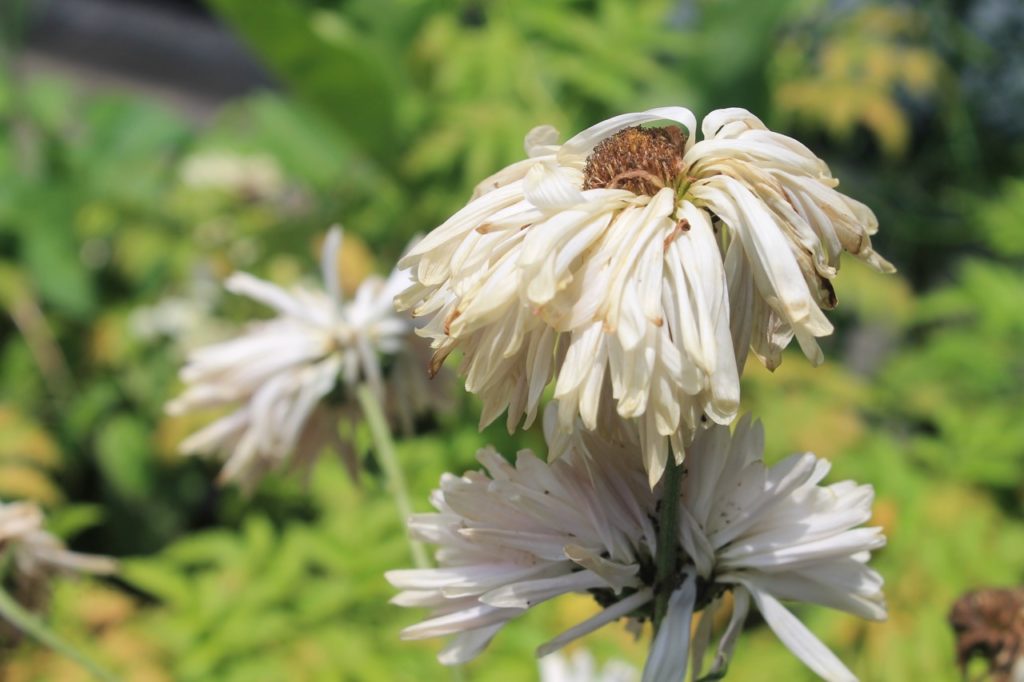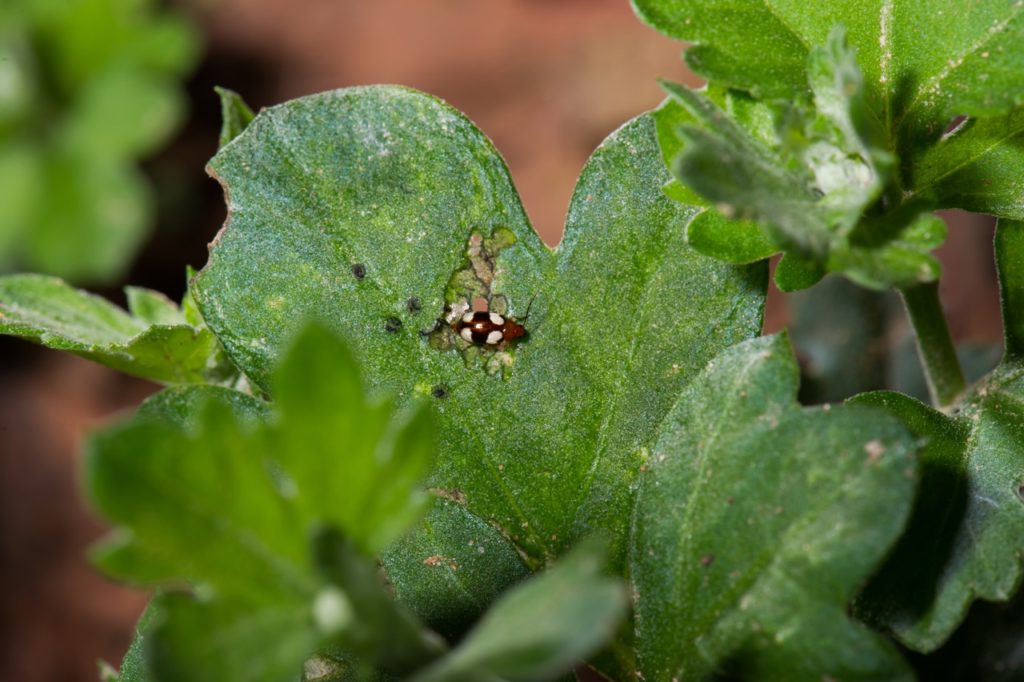Your Chrysanthemum Might Be A Late Bloomer – Check These Reasons For Not Flowering

PERENNIALS > CHRYSANTHEMUM > NOT-FLOWERING

Elizabeth is a Permaculture Garden Designer, Sustainability Consultant and Professional Writer, working as an advocate for positive change. She graduated from the University of St. Andrews with an MA in English and Philosophy and obtained a Diploma in Applied Permaculture Design from the Permaculture Association.
Reviewed By COLIN SKELLY

Colin is a Horticulturist and Horticultural Consultant with experience in a range of practical and managerial roles across heritage, commercial and public horticulture. He holds the Royal Horticultural Society’s Master of Horticulture award and has a particular interest in horticultural ecology and naturalistic planting for habitat and climate resilience.
IN THIS GUIDE
CHRYSANTHEMUM GUIDES
Container Growing
Growing From Seed
Not Blooming
Varieties
Chrysanthemums are cheery flowering plants that work well in beds and borders, while late-flowering types flower in the winter months and can be grown as houseplants indoors.
But what if your chrysanthemums fail to bloom?
There are a range of reasons why chrysanthemums may fail to flower, but the most common reasons for an absence of blooms are:
- It is the wrong blooming season for the variety you are growing.
- Your plant is receiving too little sun.
- The roots of your Chrysanthemum are growing in overly wet or waterlogged conditions.
- There is excess nitrogen in the plant’s soil.
- Pests or diseases may have impacted your plants.
Read on for a little more information to help you work out the reasons for this problem.
1) Late-Bloomers

Remember, there are different types and cultivars of chrysanthemums and some bloom later than others, as Master Horticulturist Colin Skelly explains:
“There are early, mid and late-flowering Chrysanthemums, flowering at different times from August through to November.
“I like to grow a range if I can so that I can replace one pot for another as the season progresses from late summer to late autumn.
‘Remember to label your plants and note when it is due to flower.”
Make sure you know which type or types you are growing, so you know precisely when you should expect it to bloom.
Most hardy garden chrysanthemums will bloom in September and October, but more tender types will flower later, usually over the winter months.
2) Lack Of Sun

Often, a problem with non-flowering is due to environmental conditions, such as excessive shade.
Chrysanthemums are sun-loving plants, which should ideally be grown in full sun.
If they do not get enough sun, they may not flower as well or they may fail to flower entirely.
3) Waterlogged Soil

Another environmental problem which can lead to chrysanthemums failing to bloom is excessive water.
These plants require relatively free draining conditions, so while they do need the soil or growing medium to remain moist, it is important not to overwater.
Make sure that excess water can drain away freely and that waterlogging does not occur.
4) Excess Nitrogen

If you have fed your chrysanthemums with a nitrogen-rich fertiliser or plant feed, this can sometimes encourage foliage growth at the expense of flowers.
Always avoid synthetic nitrogen feeds and choose organic options.
You should feed chrysanthemums with an organic liquid plant feed from late spring, but stop feeding as soon as the flower buds start to open.
5) Pests And Diseases

Sometimes, especially where overwatering has occurred, chrysanthemums can develop fungal diseases, such as root rot and mould.
White rust is one of the common fungal infections you may encounter.
This causes discolouration and problems with the leaves, but where a plant is badly affected, its growth may be stunted and fail to flower.
Pests like slugs and snails, aphids, leaf miners and eelworms may also have weakened your plant and stunted its growth, reducing flowering.
You can reduce the chances of pest or disease problems by making sure you provide the appropriate growing conditions and care for your plants.
